RESEARCH



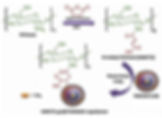




Recently, gene therapy has been recognized as an alternative pathway to overcome the drawbacks of protein therapy. Over the past two decades, gene therapy has gained significant attention as a potential method for treating genetic disorders such as, Alzheimer, Perkinson’s disease, cardiovascular problem and even cancer. However, there are lower success rate of gene therapy due to the lack of safe and efficient gene carriers. Due to the several problems such as, high immunogenicity, risk of replication, random DNA insertion, and mass production of viral vectors; nonviral vectors for gene therapy have been increasingly proposed as safer alternatives to viral vectors.
The main objective of the lab to develop of novel nonviral vectors for gene therapy application. Previously, we developed chitosan, polyamidoamine (PAMAM) dendrimer, graphene oxide, metal nanoparticle based various nonviral vectors and showed very high transfection efficiency.
Gene Therapy

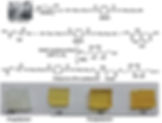

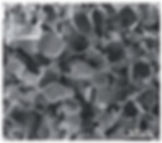




Tissue Engineering
It is widely believed that engineered tissues could revolutionize medicine and offer promising new treatments for many debilitating diseases. In tissue engineering, a scaffold should ideally be non-toxic, biodegradable, and highly porous with interconnected architecture to support cell attachment, proliferation and extra-cellular matrix (ECM) production to ultimately facilitate tissue generation. In addition, it should possess optimal mechanical and physical properties. There is a need for biomedical polymers derived from low cost, renewable sources and recycled waste that could offer cost effective solutions.
Recently, we have developed different novel polyester from polyethylene terephthalate waste and edible oil along with some renewable resourced monomers such as, sebacic acid, citric acid etc. The synthesized polyester showed slow degradation rate having moderate mechanical properties. The polyester can also be processed to 3D scaffold and it showed excellent biocompatibility against osteoblast cells (MC3T3 cell line) with mineral deposition (Calcium deposition).
Therefore, another objective of this lab is to develop novel biopolymer from renewable source for tissue engineering application.

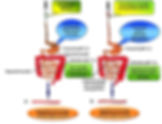
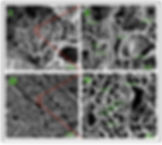





Oral insulin delivery remains a great challenge in the biomedical field due to several problems, such as the harsh acidic environment in the stomach, extensive enzymatic degradation by different proteolytic enzymes of the GI tract, and barriers presented by the mucosal surface and the tight junction in between the intestinal epithelial cells. Despite remarkable advancements in oral insulin delivery for combating diabetes mellitus, an efficient and satisfactory oral insulin delivery vehicle remains unavailable.
Recently, we have developed chitosan based novel oral insulin delivery systems.
Oral Insulin Delivery
